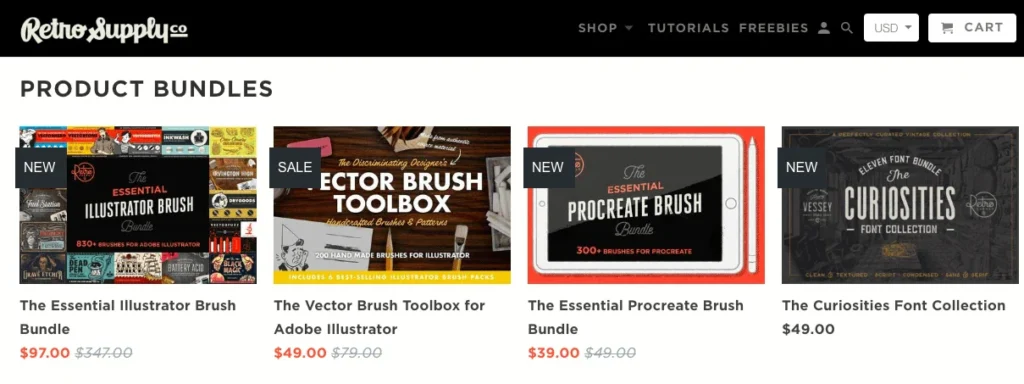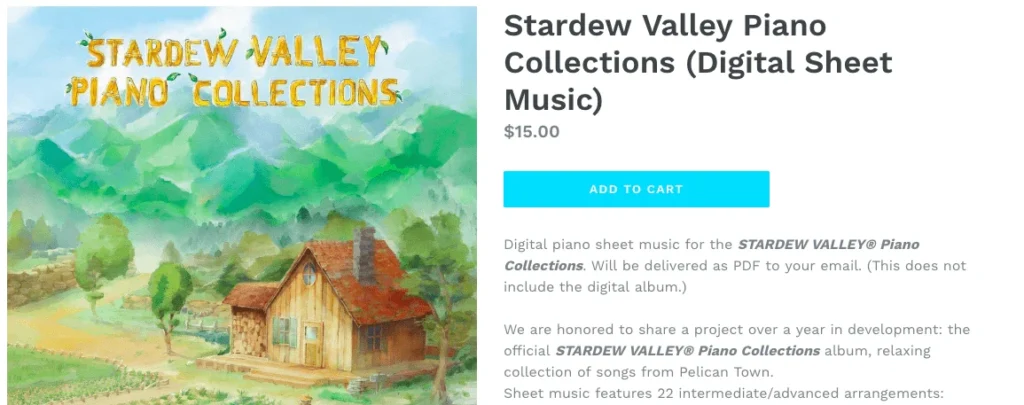A digital product is any product you sell online that doesn’t have a physical form or substance. You can’t hold a website template in your hand, smell an e-book, or taste a software program — Uber eats does come close though ; ).
You can turn digital products into physical products. For instance, many people buy e-books in PDF format, then print them on their computers. The product becomes physical, but it started out in a digital format.
Some online entrepreneurs try to take shortcuts. They create poorly constructed digital products and assume they’ll make a living from them.
More often than not, those entrepreneurs fail. Why? Because customer retention matters more than customer acquisition.
In other words, your goal as an entrepreneur who sells digital products should be to create more products and convince your existing customer base to buy them. That’s how true wealth becomes possible.
1. Online Courses
Online courses are the best way to present content in depth and monetize it in a digital format. You can create presentations, record videos of presentations or make a course with experts in your field.
Once a course is created, it will be used by thousands of students. You simply update the content as it becomes outdated or loses relevance.
When conceptualizing a course, start by envisioning the learning outcomes: what do you want learners to know, or what will they be able to do when they finish the course?
Online courses can include quizzes, knowledge checks, and other interactive activities to break up passive learning and increase engagement.
2. E-books
If you offer the knowledge of an online course, then you can also package and organize the skills into an eBook. For example, How to Cake It sells online courses as well as e-cookbooks, making it easy for people to scroll through and mark up as they bake.
E-books are familiar electronic formats that people can read on e-readers, computers and mobile devices. You can write a book on any topic – but before settling on a topic, investigate the free content available on that topic.
If there are a lot of free blogs or YouTube tutorials on that topic, then you need to differentiate your own content based on the Unique Selling Proposition (USP) theory.
The USP of an eBook could be your reputation as an expert or successful person in a niche. Or, make sure your book is more deeply and thoroughly researched than existing free online content on the topic. Then again, position your book as an essential resource for readers looking to make progress in your subject area.
Also keep in mind that most eBooks are competitively priced and may have free downloadable chapters as a significant boost to sales.
3.Licensing licensable digital content
Creatives upload photos, video clips, music and sound effects, and these licensable digital assets form a global ecosystem for other creatives to use in their work.
Licensing content for personal and business use is a way to leverage creativity to generate passive income. Create some high-quality video transition effects or background music, and as long as the material remains popular, you can generate income from the use of others.
Similar to the way EditStock sells products to students, you can also sell licenses to use your products in your own store. Or, you can sell it in an online mall, such as these sites that specialize in selling photos.
When brainstorming asset ideas, do the reverse of what your target audience wants. Start by thinking about what kind of content is desired by the market and where existing creatives are failing to meet the market’s needs.
Make sure to protect your digital products with watermarks and other security tools, especially when selling images online.
4. Paid Content Library
If you’re already successfully selling online courses, eBooks or licensed content, the next step is to sell creative products in bundles. You can offer monthly or annual subscriptions for a full suite of digital products, or a one-time fee.
For example, all ski related content on Snowboard Addiction is charged for. Customers can buy physical ski gear, download tutorials or sign up for live online lessons.
One of the advantages of a subscription-based business model is that it creates an active and vibrant community. Subscribers are the best potential audience for new content. They can act as excellent advisors when you’re considering your next move.
Because your content library is only available to paid subscribers, you can also consider offering exclusive proprietary content such as live streams and Q&A sessions.
You can use subscription fee apps to sell digital product subscriptions on Shopify.
5. Digital templates and tools

Digital products can also come in the form of tools that allow professionals to perform tasks faster and better. You can sell digital solutions to common problems in a particular profession or common online tasks, such as video editing.
Tools can be standalone apps or products combined with other digital software. For example, RetroSupply Co sells brushes, textures, and templates for designers to use in popular programs like Procreate and Photoshop. (Note how they offer both online courses and e-books.)
Other digital tools and template products that can be sold online include:
Digital marketing strategy templates for entrepreneurs
Resume templates needed by job seekers
Mobile apps needed by businesses
Graphic design templates needed for brochures, flyers, posters and more
Adobe Photoshop filters and plug-ins for media editors
Icons, fonts or UX kits for web designers
6. Product Photography
If you are a photographer, selling photography services online can be a lucrative business. Due to the rise of e-commerce, the demand for professional product images has never been higher.
Top product photographers are able to determine what customers are interested in and use the photos to reinforce those selling points. Other tips for taking quality product photos include purchasing a quality tripod and learning how to create the right lighting environment.
As with the digital products listed, you can sell product images on your own website, commission an agent to sell them, sell them on one of the malls, or use all three channels at the same time (unless you sign an exclusivity agreement). When you sell your services, consider offering different packages based on the number of images, the type of product, or a particular style and setting.
7. Music, Art and Entertainment

Digital product ideas don’t have to be purely functional. If you’re a musician, artist, or content creator looking to cash in on your talents online, you’ve probably explored these or similar methods:
Crowdfunding platforms like Patreon allow fans to support creators to produce exclusive content.
If you’re an artist, online galleries like Saatchi Art are a great place to find buyers for your work.
To build your fan base, you can upload or live-stream content on social media, from which you can earn advertising revenue, sponsorship fees, and rewards from viewers.
In addition to artistic and entertaining content, there are a wide variety of merchandise and branded digital products. For example, if people like a particular blog or album, they may also be interested in items with designs related to that art.
You can use print-on-demand companies’ products and services to create branded merchandise and sell it on your Shopify store without paying a manufacturing fee until a sale is generated.
This kind of digital product selling often does well in niche target markets. For example, Materia Collective sells digital sheet music for popular video game soundtracks.
8. Digital Services
The service offerings are perfectly complemented with digital products. Designers can provide downloadable templates along with logo design services. A personal trainer can offer live personal training sessions to those who subscribe to their fitness program. Similarly, you can position services (digital or real-life) as add-ons to your online offerings.
For example, you could sell a consulting service with a personalized report or Excel sheet. Or, you could offer a free downloadable product to add leads to your email marketing list, a tactic used by many online businesses.
If you have some common work elements in your service business, consider splitting them up and productizing them as a way to create additional revenue.
9. Printable digital products

There are many of these digital products that can be printed at home, such as personalized murals, planners and professional models for 3D printers. Customers can download and print your designs for personal use or use them for crafts.
For younger audiences, printable coloring pages and worksheets can serve both entertainment and learning needs. For example, Caravan, a digital download brand, sells coloring posters that can be downloaded or printed as finished products.
10. Digital Membership

A digital membership is a golden ticket into an exclusive community centered around a brand or content. Membership in a digital club provides access to paid content, the opportunity to purchase limited edition merchandise, or tickets to events.
Some digital membership clubs allow for networking. For example, Nomad List is a global network of digital nomads where members can connect with other nomads, as well as offering city data and travel planning capabilities.
The token gating project trend suggests that digital communities need not be centered on tangible products or services. Membership in an open group is valuable in its own right. Digital projects such as the Bored Ape Yacht Club use blockchain technology to provide proof of membership, where members can enjoy exclusive benefits without centralized management.
When creating a digital membership experience, take care to create a sense of exclusivity. The goal is to provide value to members on an ongoing basis – making prospects feel like they’re missing out.



